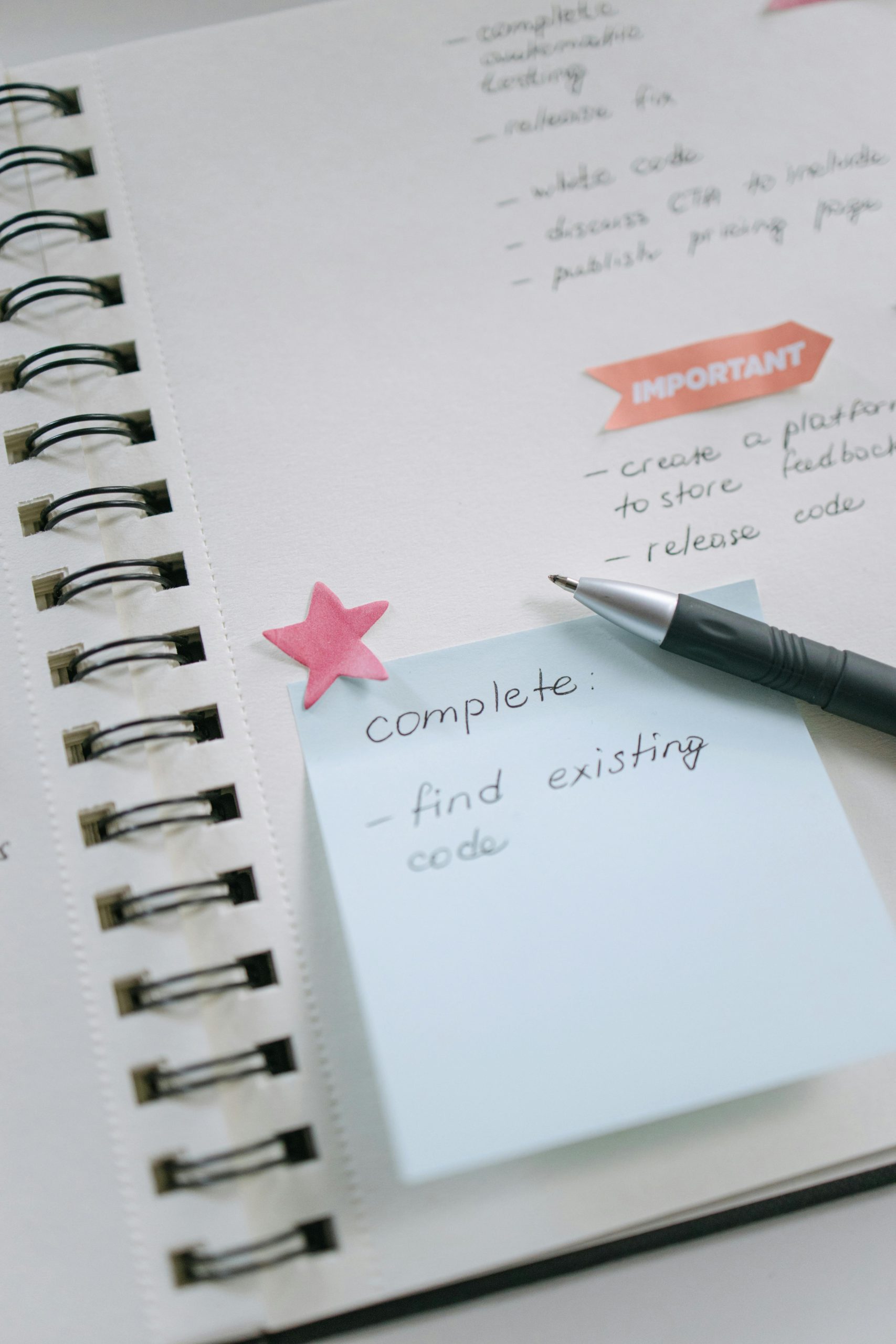Transitioning from Angular to React: Tips for a Smooth Start
Embarking on a journey from Angular to React can be both exciting and challenging. With extensive experience in building Angular applications, you’re now eager to dive into React to broaden your development horizon. While tutorials are helpful for grasping the basics, many developers find that the best way to learn is by hands-on experimentation, starting with a simple project that aligns with your ideas.
Navigating the Learning Curve
One of the key differences between Angular and React lies in their architectural philosophies. Angular offers a highly opinionated structure, guiding developers on component organization, services, and project architecture. React, on the other hand, provides more flexibility, which can initially feel overwhelming when deciding how to structure your codebase.
Expert Tips for Getting Started:
-
Organizing Your React Code
Consider modularizing your components logically, perhaps by feature or function. Use directories to separate components, hooks, and utility functions. Emphasize clarity and simplicity, especially when starting out, to make future scaling easier. -
Essential Libraries to Know
While React itself is focused on the view layer, you’ll likely want to incorporate libraries for common functionalities: - HTTP Requests: Axios or Fetch API are popular choices for server communication.
- State Management: React’s built-in
useStateanduseReducerhooks work well for local state, but for more complex scenarios, consider Redux or Context API. -
Routing: React Router is indispensable for managing multiple views or pages within your application.
-
Core Concepts to Master Before Deep Diving
Before building your project, ensure you have a solid grasp of: - React components (functional and class-based)
- State and props management
- Hooks (
useState,useEffect,useContext) - Lifecycle methods (or their hooks equivalents)
- Event handling and synthetic events
- Basic routing principles
By understanding these fundamentals, you’ll be better equipped to craft a well-structured React application that aligns with your project goals.
Final Thoughts
Transitioning between frameworks can seem daunting, but your Angular experience provides a strong foundation. Embrace the flexibility of React, experiment with small components, and gradually develop your project. Remember, the best way to learn is through active building—so start coding, stay curious, and enjoy the process!

